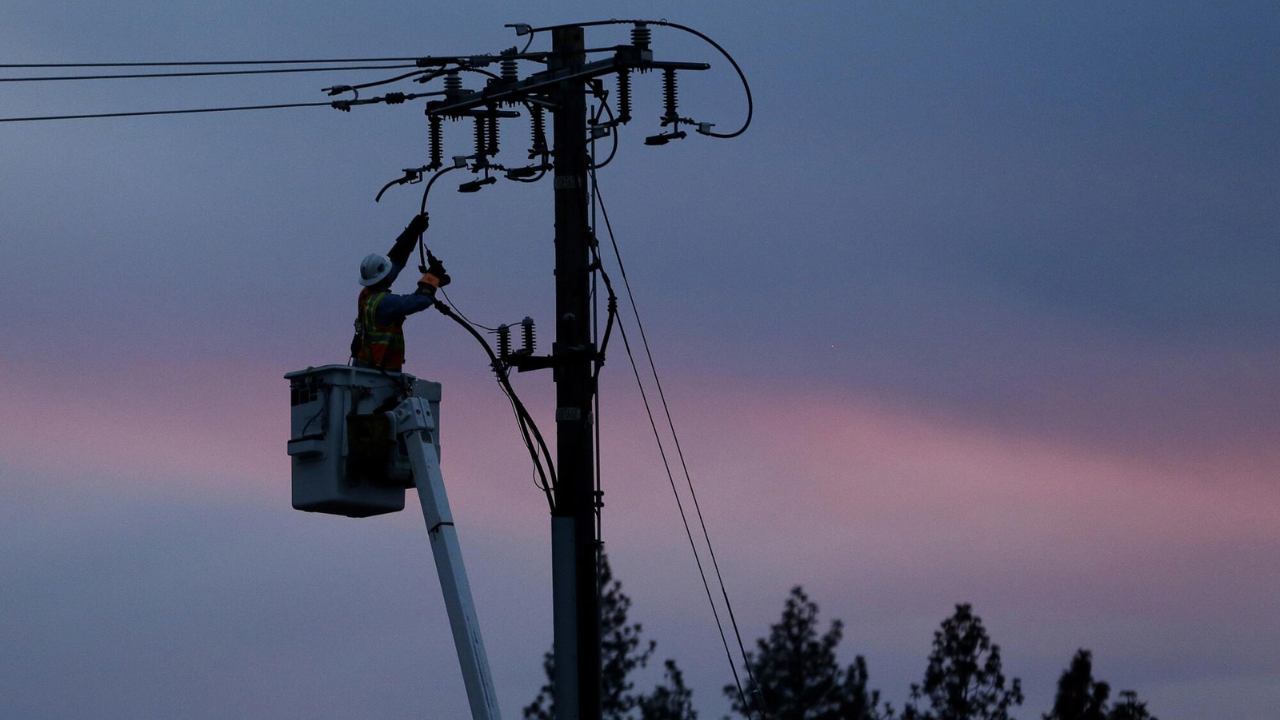Investor-owned utilities like Pacific Gas and Electric Company (PG&E) are about to undergo significant changes in the way they bill their consumers for power. Energy regulators unanimously approved a proposal to include a set charge for infrastructure expenditures at the California Public Utilities Commission (CPUC) at its voting meeting on Thursday.
Most consumers will see a $24.15 charge on their bills as early as the end of the following year. Customers on low-income plans would be assessed a fee of $6 or $12, based on their income. The cost of electricity will go down somewhat overall, by 5-7 cents per kilowatt-hour.
Why Energy Commissioners Favor the New Rate Structure
The new rate structure aims to separate the costs of upgrading infrastructure and maintaining the grid from the price of electricity. Currently, California is one of the only states in the nation where investor-owned utilities don’t have a separate fixed charge for infrastructure. Instead, utility companies roll the cost of infrastructure upgrades into the price per kilowatt-hour.
The new billing system, according to commissioners, would be more fair to Californians who must use more electricity to heat or cool their houses. The CPUC projects that summertime air conditioner use in Fresno, where temperatures soar beyond 100 degrees, may save residents up to $33 a month.

“This change does not introduce new costs or fees; it just reallocates how current costs are split up in bills,” stated CPUC President Alice Reynolds. And since those infrastructure expenses are constant regardless of how much electricity you use, this makes perfect sense.
Reynolds claimed that consumers will also benefit financially from buying electric cars or replacing gas appliances with electric ones under the new billing system.
“A typical customer who installs electric space and water heating, kitchen appliances, and a dryer will save $11 to $19 a month,” she claimed. A person who electrifies their car and house would, on average, save up to $44 a month over the current situation.
More conservative projections of what proposals may look like came from the state-run California Public Advocates Office, which represents Californians in public forums. Customers not engaged in low-income programs were expected to save $6.79 to $11.50 a month, on average. It still approved the idea, describing it as a positive move.
What Members of The Public Had to Say
Pre-vote public comments made before May 9th were more cautious about how it would impact their bills. Representing 260 NGOs across the state, Yvette DeCarlo said their group opposed any legislation that may increase costs.
“Rising monthly utility bills even a little bit can be devastating for millions of people who live paycheck to paycheck, especially on top of all the increases the board has recently approved,” she said.
Still, a few commenters acknowledged that inland Californians would gain from the new arrangement. California Environmental Voters spokeswoman Gracyna Mohabir said the group supported the proposal. These days, people who live in temperate coastal areas pay less for power. Residents living inland therefore foot the bill for infrastructure more. “We think it’ll guarantee that every ratepayer is helping to maintain the grid, without putting an undue burden on low-income families,” she said.
Read More: 69-Year-Old Grandma from South Georgia Becomes a Nurse!
Lakeland Couple Tells Tale of Having to Give Birth to A Child They Knew Wouldn’t Live!
Lights in The Sky Seen All Over Georgia on Friday Night, Even Near the Coast!
What Happens Next
It would take till the end of 2025 or early in 2026 to put the new tariff structure into place. Utility firms are still able to get authorization from the CPUC to raise their fixed charge or rates. While supporting the revised plan, CPUC Commissioner Darcie Houck acknowledged that the public was concerned that the fixed charge would be just another instrument used by utilities to increase rates.
“We have heard from the public that Californian electricity bills are high, and we must prevent the fixed portion of these bills from rising quickly or unjustly,” she stated. Houck said she was glad the updated proposal stipulated that demands to raise the fixed charge would have to be discussed at a public meeting where locals could voice their opinions.
“I was happy to see the amendments and the ruling that we have now that calls for any changes to the fixed charge to be handled in this procedure… and not by use of the generic rate case.
Every few years, a general rate case hearing for each investor-owned utility determines rate increases. For instance, the prices for PG&E are approved every four years, most recently in November 2023. Though they happen far less often than other vote meetings, those meetings do offer the public an opportunity to speak.

